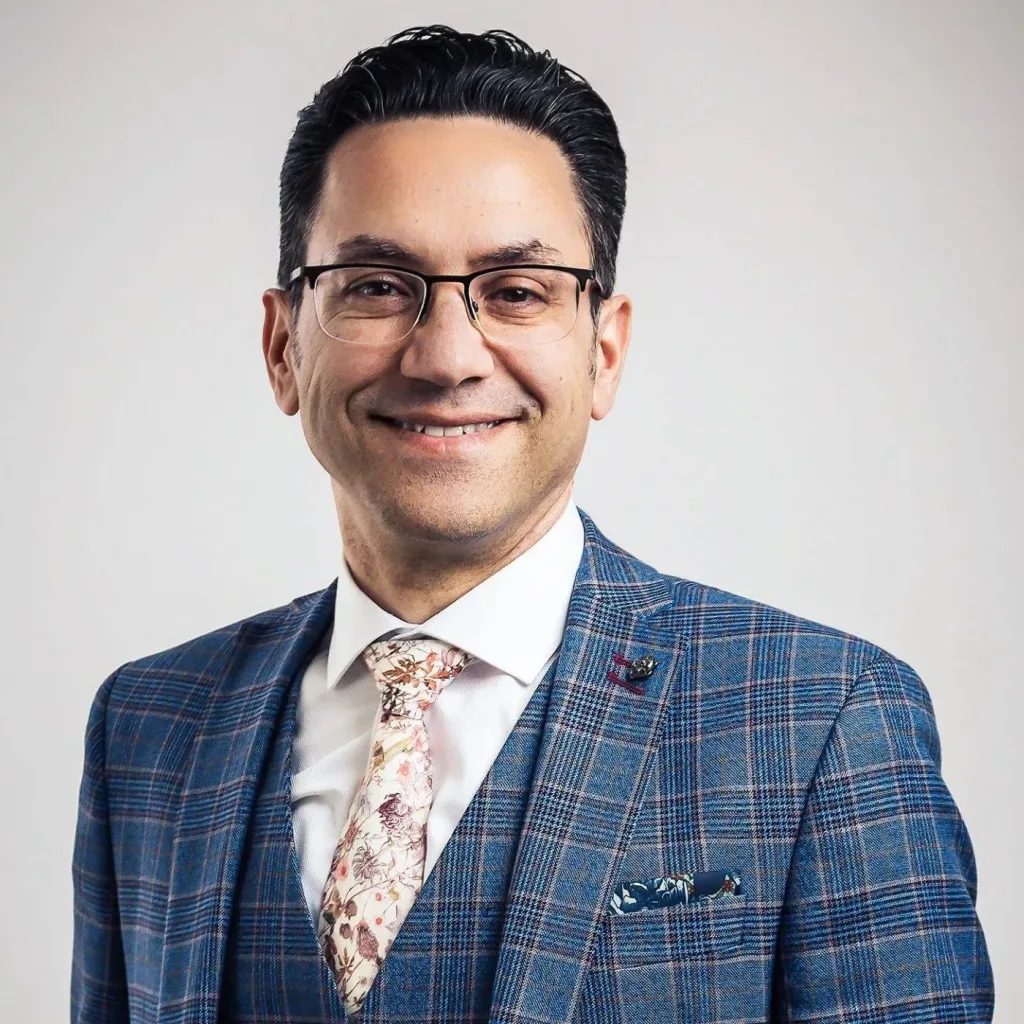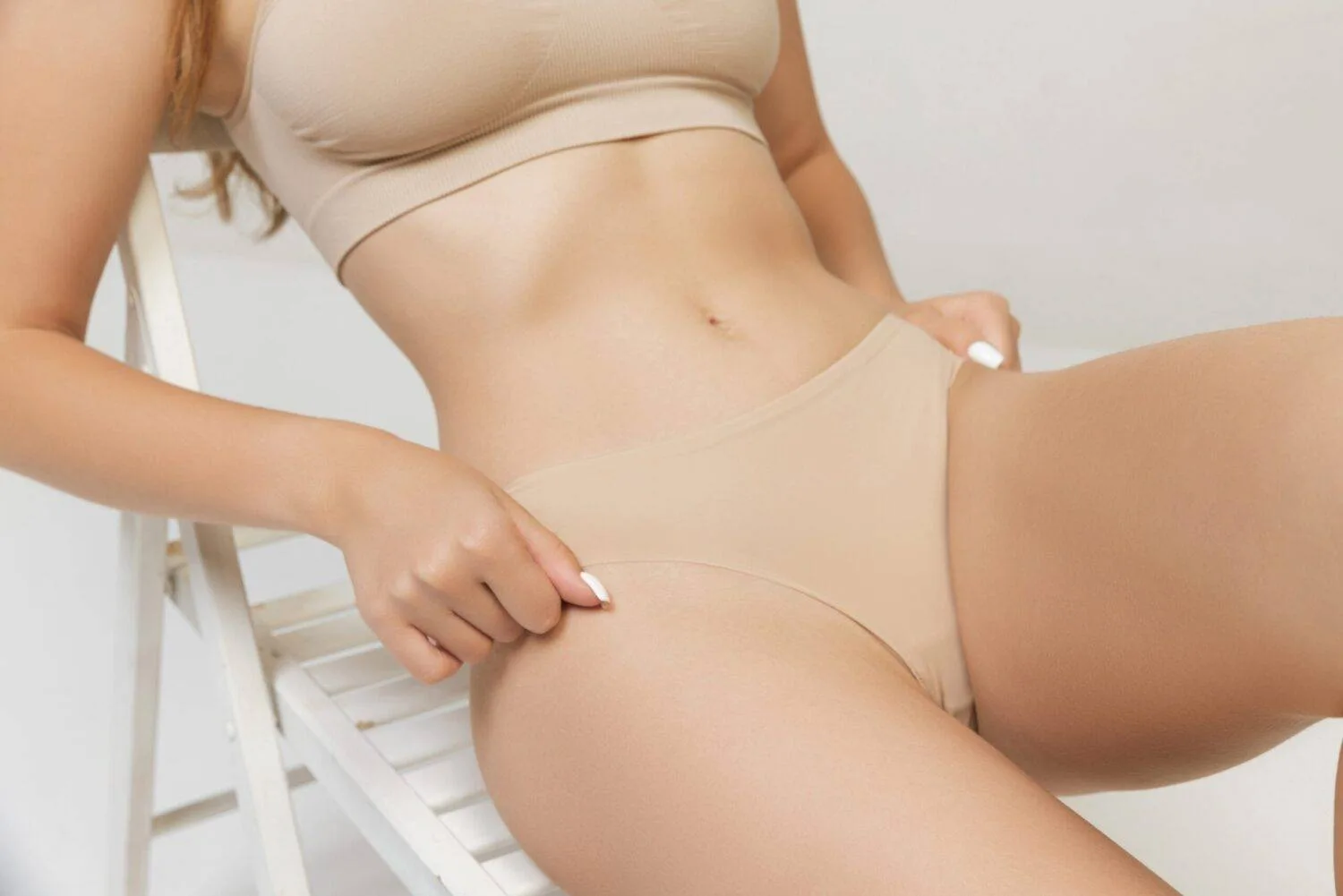The potential for pain during and after liposuction can weigh on the mind of some prospective patients, but, in general, the procedure is very well tolerated and pain can be effectively managed both during and after the surgery with prescribed pain medication. Liposuction is an excellent way to remove stubborn fat pockets in multiple areas: don’t let pain concerns keep you from benefiting from this procedure.
This article will help you understand the levels of pain you can expect from liposuction, and will address some of the more common questions patients have about the procedure and pain management throughout your surgical journey.
At the CREO Clinic, we provide surgeons with expert knowledge and proven experience in liposuction. Our Medical Director, Dr. Omar Tillo, has performed countless successful liposuction on patients with a variety of needs and aesthetic goals. After your initial consultation, our team of experienced practitioners will formulate a bespoke treatment plan to sculpt your physique with the targeted removal of excess fat cells.
Find out how our surgical team can contour your physique with liposuction.
How Painful is Liposuction
As with any cosmetic surgery procedure, liposuction does entail some pain, although this will come entirely in recovery – during the procedure you will be under deep sedation or general anaesthetic, which means you won’t experience any discomfort during surgery.
Every patient’s experience is different and often depends on how much fat was removed, but usually, pain will be most acute in the first few days of your recovery. As well, which of the different types of liposuction were used matters. This is the period where swelling and bruising around the incision sites will be at its peak. After the first few days have passed, your swelling and bruising should begin to subside and the worst of the pain should pass.
Addressing Common Liposuction Concerns
Some of the more common patient concerns after liposuction are around swelling, bruising, and pain management. To keep swelling to a minimum, the CREO Clinic provides a compression garment which should be worn throughout recovery. To manage any pain, particularly in the early stages of recovery, our doctors can prescribe pain medication – this should make you more comfortable as your body heals.
Understanding Liposuction and Anesthesia
Liposuction Procedure
To begin the procedure, your surgeon marks out the different areas around the body where fat deposits will be removed. Our anaesthetist then administers general anaesthetic or deep sedation to make sure you are comfortable and pain-free throughout the surgery.
Your surgeon then inserts a suction cannula into each target area through a small incision. The liposuction device works to break up and remove fatty tissue from these areas, after which the incision is closed up using dissolvable sutures.
Types of Anesthesia Used For Liposuction
The CREO Clinic can use two types of anaesthetic to prevent you feeling pain during a liposuction procedure: general anaesthetic or deep sedation. General anaesthetic creates a deeper state of unconsciousness than deep sedation. Which anaesthetic is used depends on various factors, including your medical history, age, and the duration of the surgery being performed.
In the hands of a qualified anaesthetist, such as those at the CREO Clinic, both types of anaesthetic are safe and ensure the surgery remains pain-free throughout.
Immediate Post-Surgery Experience
While postsurgical experiences after liposuction can vary between patients and personal pain thresholds differ, most find that they experience some mild to moderate pain at the incision sites. Swelling and bruising is common and will likely remain full at least the first few days after your surgery.
We recommend noy showering for the first 48 hours to protect your incisions, and baths should be avoided until the incisions have fully healed— around two weeks after surgery.
Common Sensations Post-Surgery
It is also common to experience tightness and soreness after liposuction. The severity of this liposuction pain depends on the patient, but these sensations should gradually dissipate over the course of your first week of downtime.
First Week After Liposuction
During the first week of liposuction recovery it is vital that you rest and give your body a chance to heal. Patients are likely to feel a degree of mild to moderate pain in the treatment area(s), but can take prescribed pain medication during this time if necessary. Swelling and bruising will be at its peak during this first week, so be diligent in always wearing your compression garment – this will minimise swelling and pain involved.
Pain Management Strategies and Medications
Our surgeons advise the prescription of painkillers after liposuction to reduce discomfort. Small areas may require over-the-counter painkillers, whereas larger areas may require stronger, prescribed painkillers. Medication is typically used in the first 2-7 days depending on the size and number of areas treated.
Some key steps to reduce pain are:
- Wearing a well fitted compression garment
- Undergoing lymphatic drainage massage
- Early mobilisation, i.e. walking and gentle physical activities in early recovery
- Keeping well hydrated
- Elevation of the treatment area wherever possible
- A healthy, balanced diet to speed up healing and keep inflammation to a minimum
Recovery Timeline
Week-by-Week Recovery Expectations
Week One
During the first few days you’re likely to experience some pain and fatigue – this should be managed with pain medication () and rest. After the first few days, much of your swelling should have subsided. After seven days, you should feel comfortable returning to work.
Week Two
During the second week, you may still see a small amount of swelling and bruising, but you should also begin to see the difference in your physique at the treatment sites. Some patients may feel comfortable returning to a full exercise routine, including strenuous exercise, at the end of their second week of recovery.
Weeks 3-6
Most of the swelling should have subsided by this point, but for optimum healing, all patients need to continue to wear their compression garments until the full six week recovery period is over.
Long-term Recovery Guide
The full results of your liposuction procedure can take up to twelve weeks to become visible. Over the long term, you can optimise your recovery process by maintaining a healthy, balanced diet, avoiding smoking or vaping (nicotine can negatively affect healing), and avoiding exposure to sunshine for at least three months after the surgery – UV rays can cause hyperpigmentation of scars.
Tips for a Smoother Recovery
Recommendations
The CREO Clinic recommends taking a few important steps to prepare for your liposuction procedure and recovery, such as:
- Take time off – Most patients find they need about seven days off work after liposuction, so ensure these days are booked off in advance of your surgery.
- Prepare the home – Make sure your home is as comfortable as possible to allow you a relaxed, stress free environment in which to heal.
- Avoid nicotine and alcohol – Both nicotine and alcohol consumption can affect your body’s ability to heal, so try to abstain from both.
- Hydrate and eat well – Try to maintain a balanced diet and drink plenty of water as this will give your body what it needs to function efficiently during recovery. Speak with a nutritionist about making a healthy diet plan.
Importance of Following Post-operative Instructions
After your fat removal surgery, our Surgeon will provide careful instructions free to follow over the course of your recovery. Adhering closely to these instructions is of vital importance – they explain how to care for your incisions, how to sleep in a way that will help you heal, and when you can return to work and strenuous exercise.
Comparison with Other Fat Reduction Procedures
There are four main types of liposuction. Each one is highly effective and has a particular use case.
Power-assisted liposuction (PAL) – Uses a motorised cannula to break down fat for removal – this helps to make the process less labour-intensive for the surgeon minimises damage to cells, making it a great option for fat transfer and for people who have previously had liposuction.
BodyTite – Delivers radiofrequency (RF) energy under the skin to break down fat deposits and remove them. The RF energy delivered also helps to provide skin tightening effects.
Vaser liposuction – Works to remove fat closer to the muscles and other liposuction types. It does this by using ultrasound to help guide the cannula with great precision. Downtime may be shorter due to the less invasive nature of Vaser. It is an excellent method for smaller areas such as the backs of the arms and the procedure can sometimes be performed under local anaesthetic.
Laser-assisted liposuction – A very precise method of liposuction that targets areas of excess fat using a laser to first break down fat before removal by a cannula. Recovery can be longer than those of other liposuction procedures.
Physical Therapy and Post-Lipo Rehabilitation
After your liposuction procedure there are some complimentary rehabilitation treatments, such as lymphatic drainage massage, that can help create a smoother recovery. Lymphatic drainage massage helps reduce swelling in the days after your surgery, which can help your body heal more efficiently.
Before And After Results
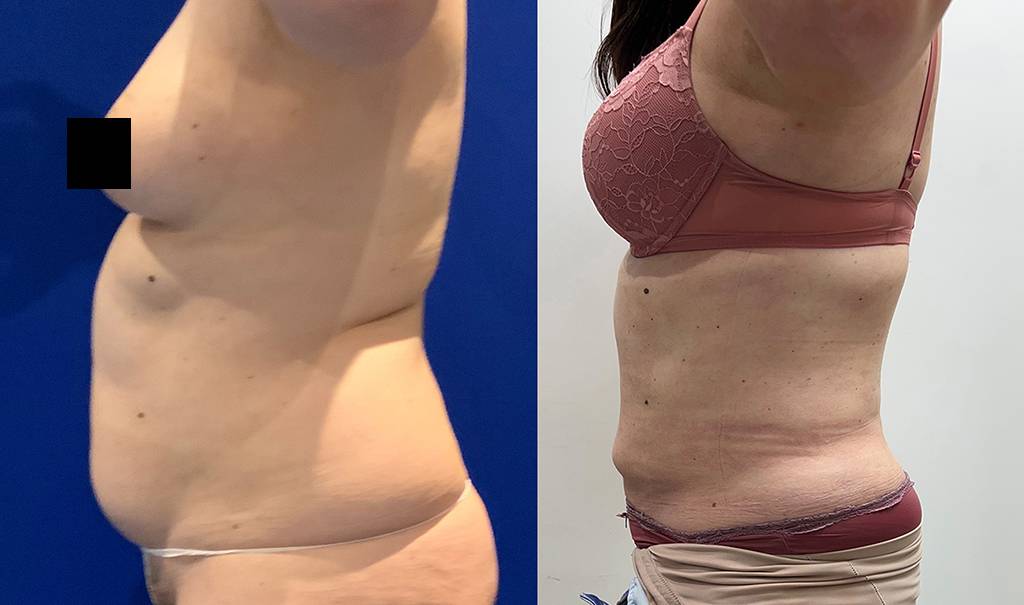
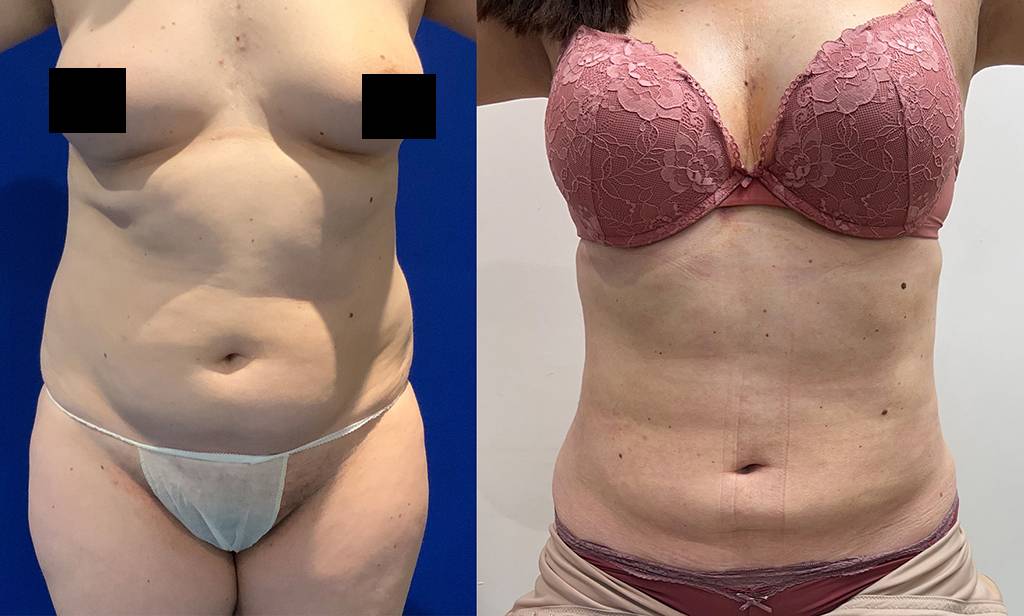
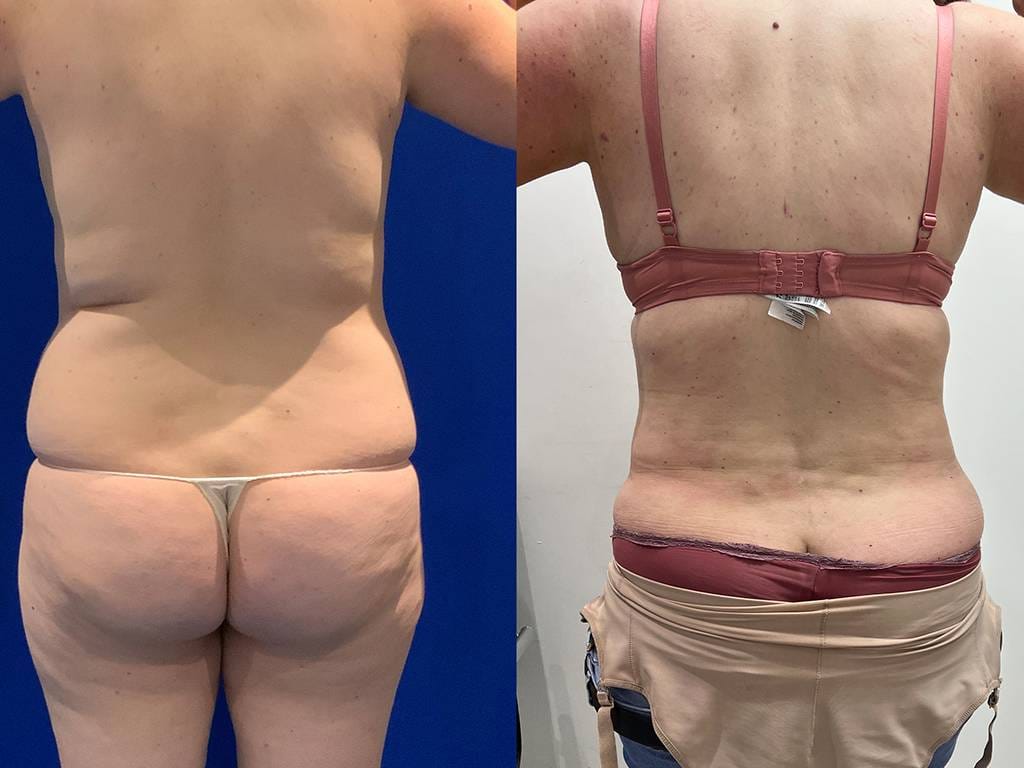
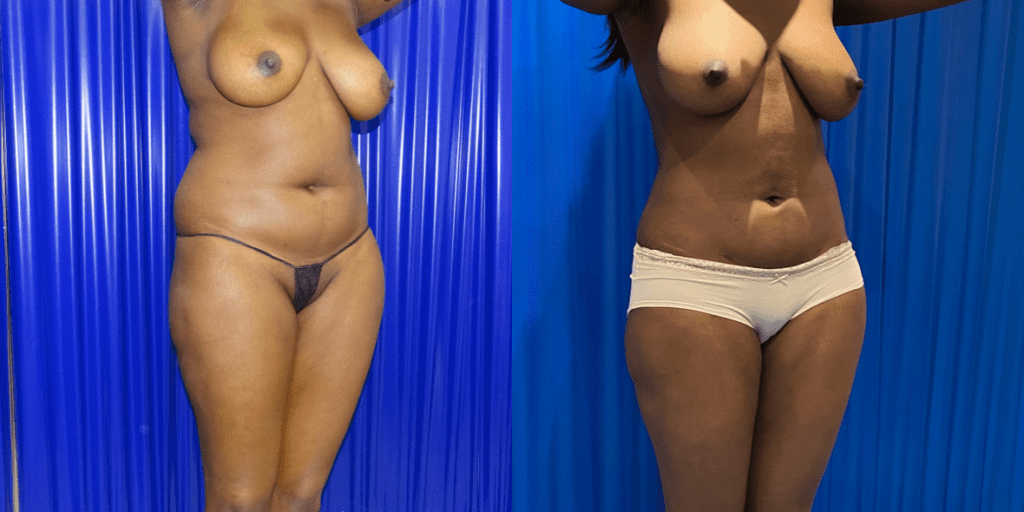


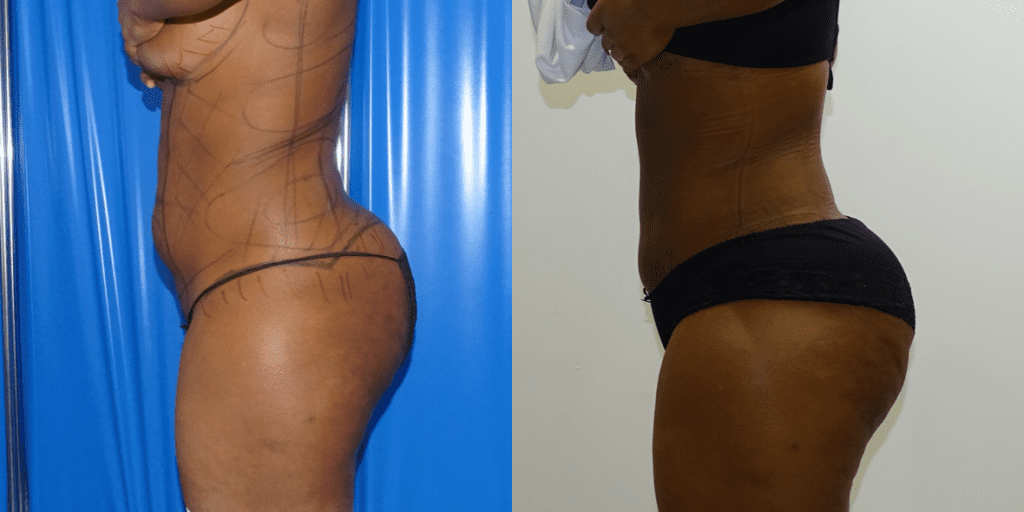
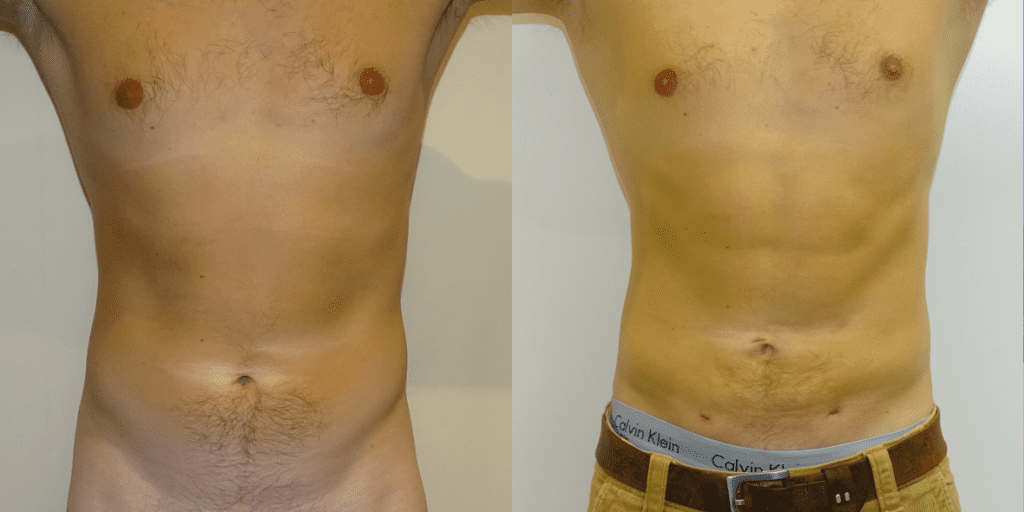
Schedule A Consultation For Liposuction at CREO Clinic Today
Book a consultation with Dr. Tillo, a board certified plastic surgeon and a body contouring expert with many years of experience making artful adjustments with liposuction. Dr. Tillo has a history of providing consistently excellent liposuction outcomes, so you can feel confident you are in the hands of a highly skilled surgeon.
